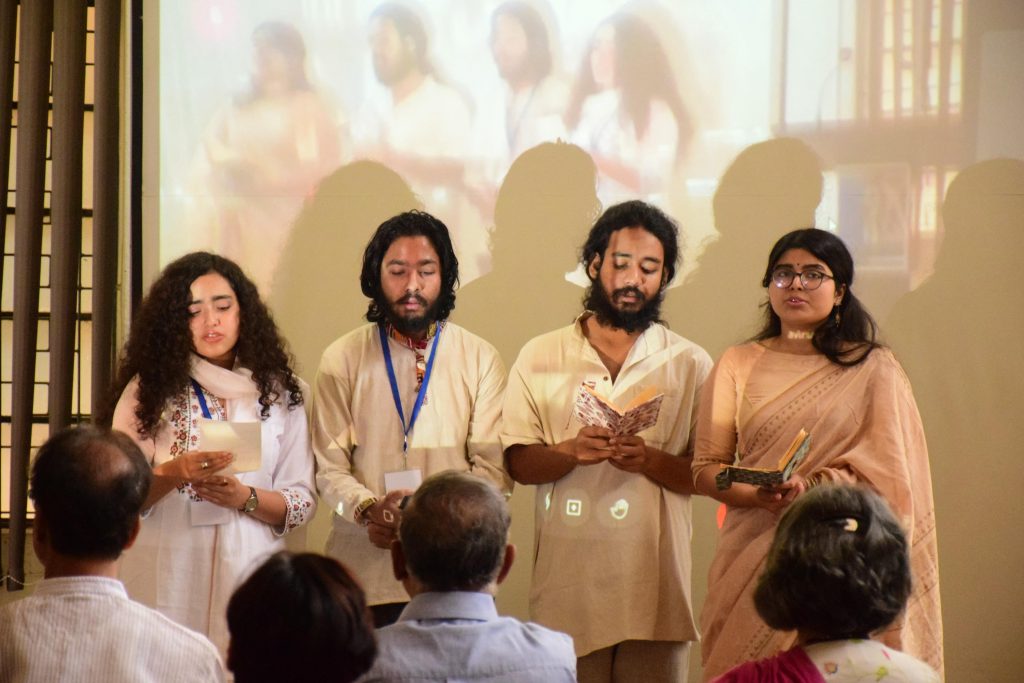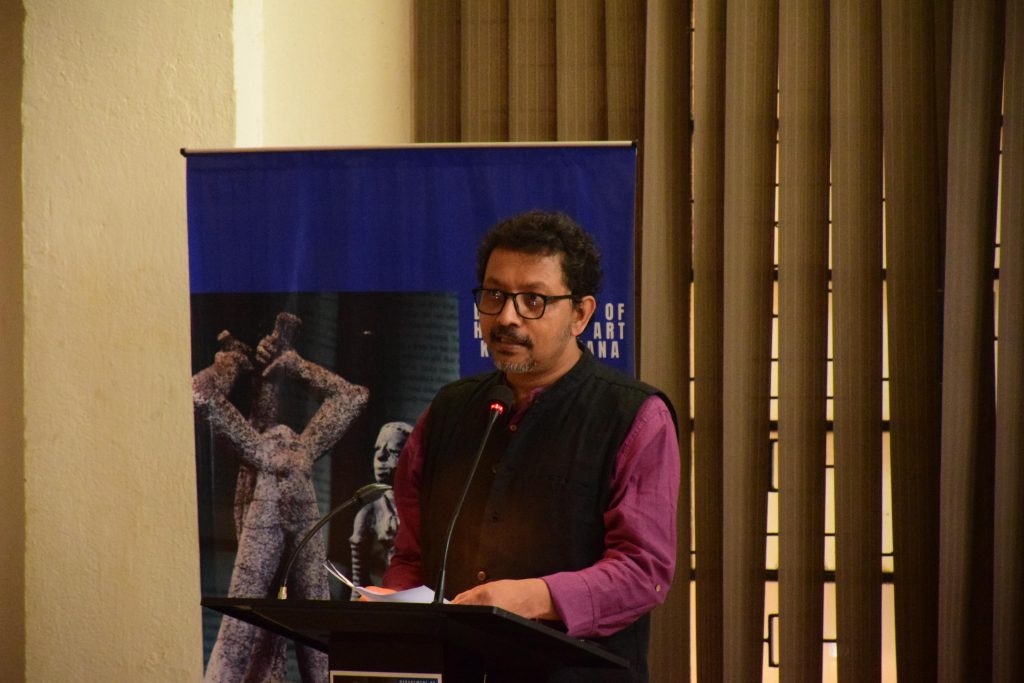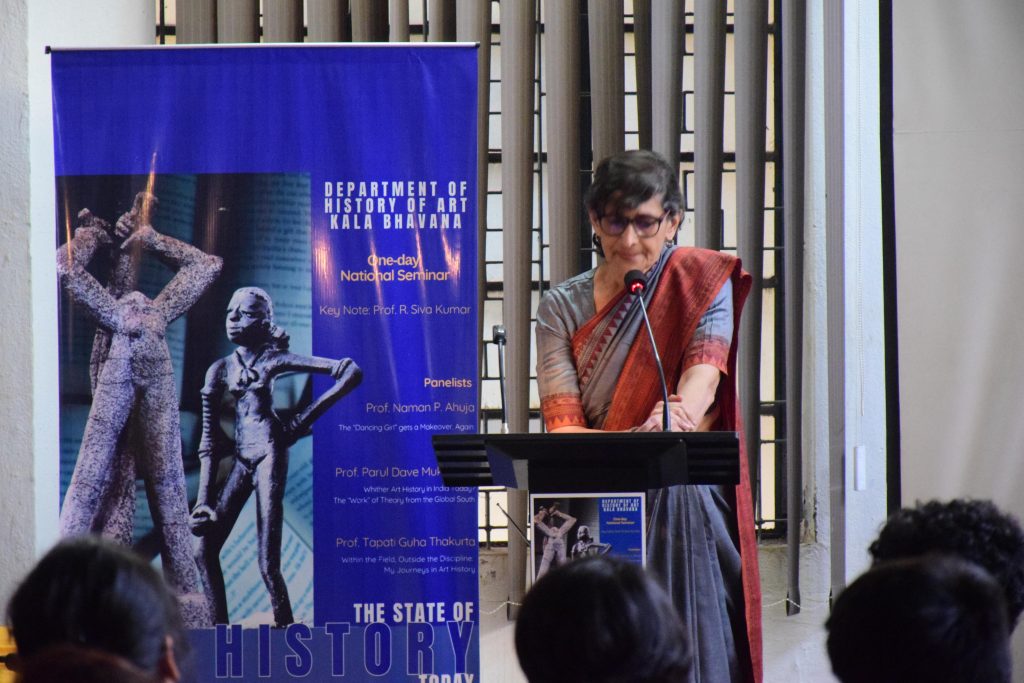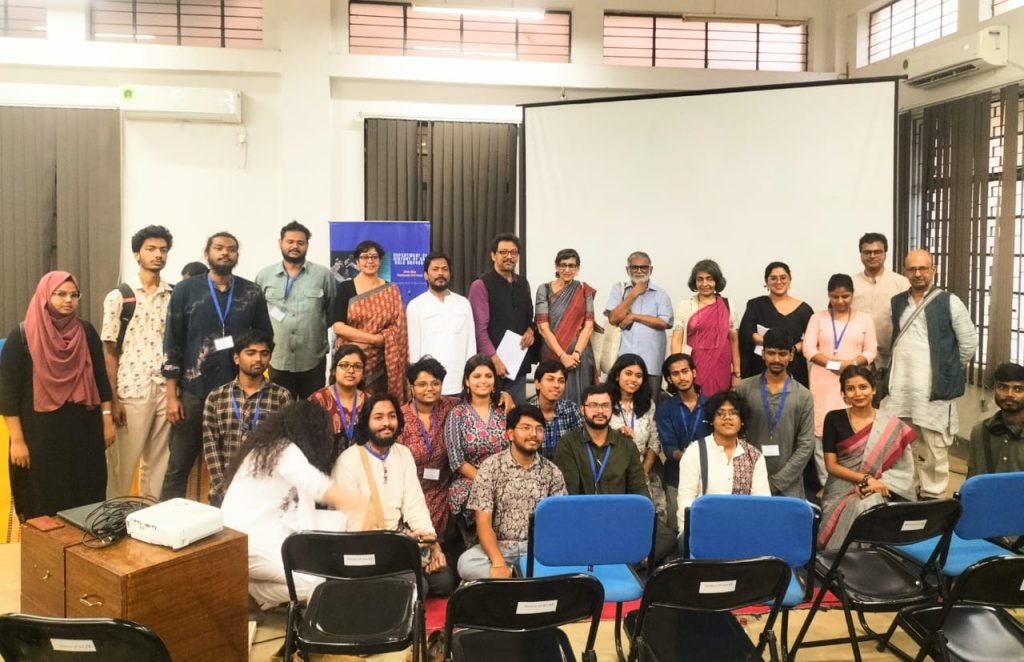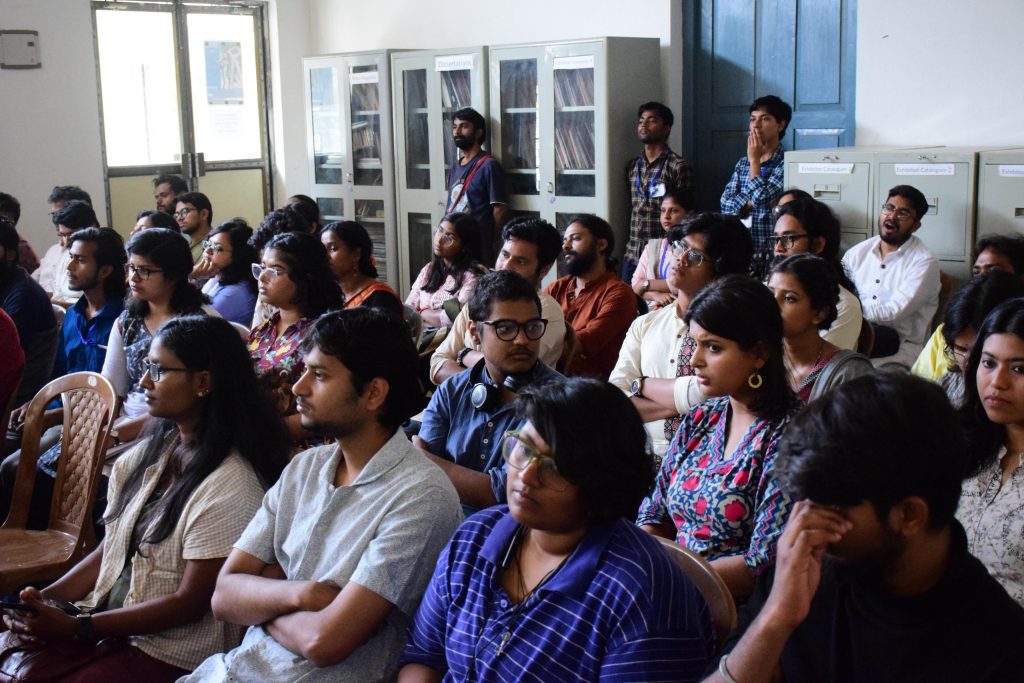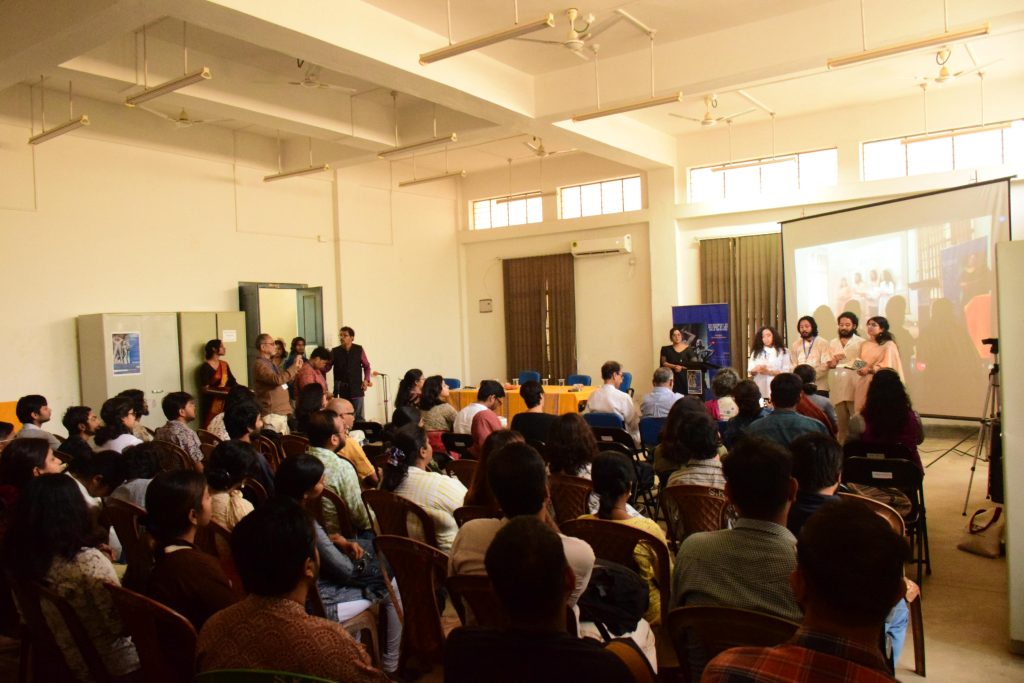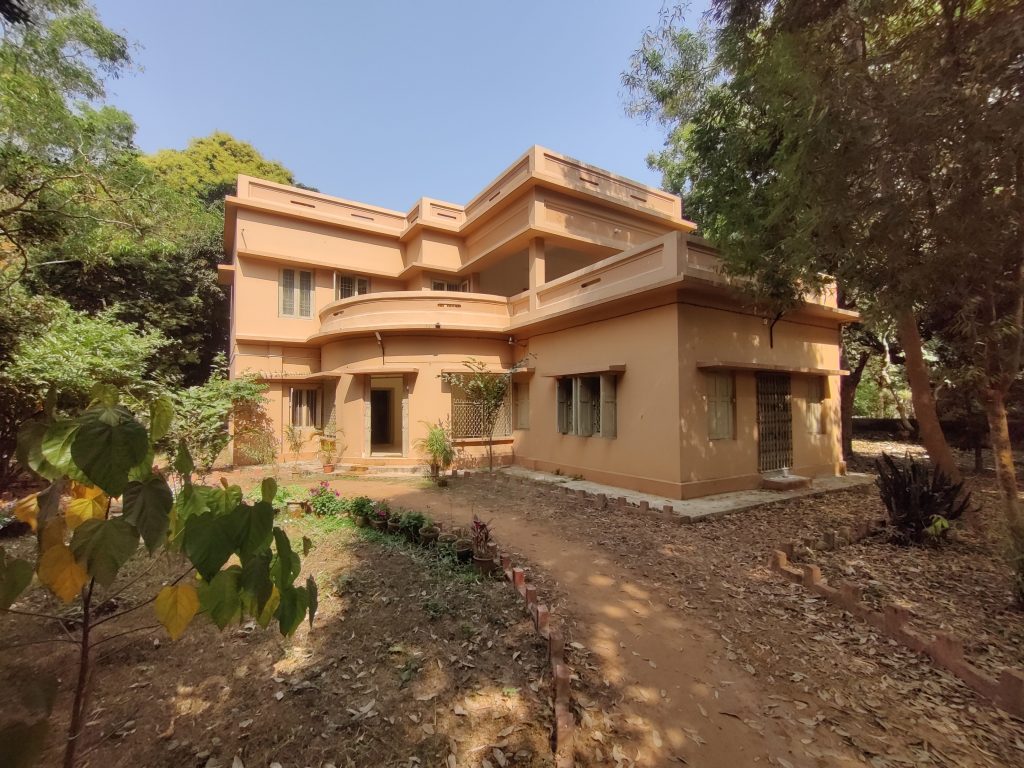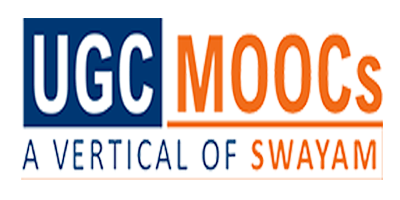
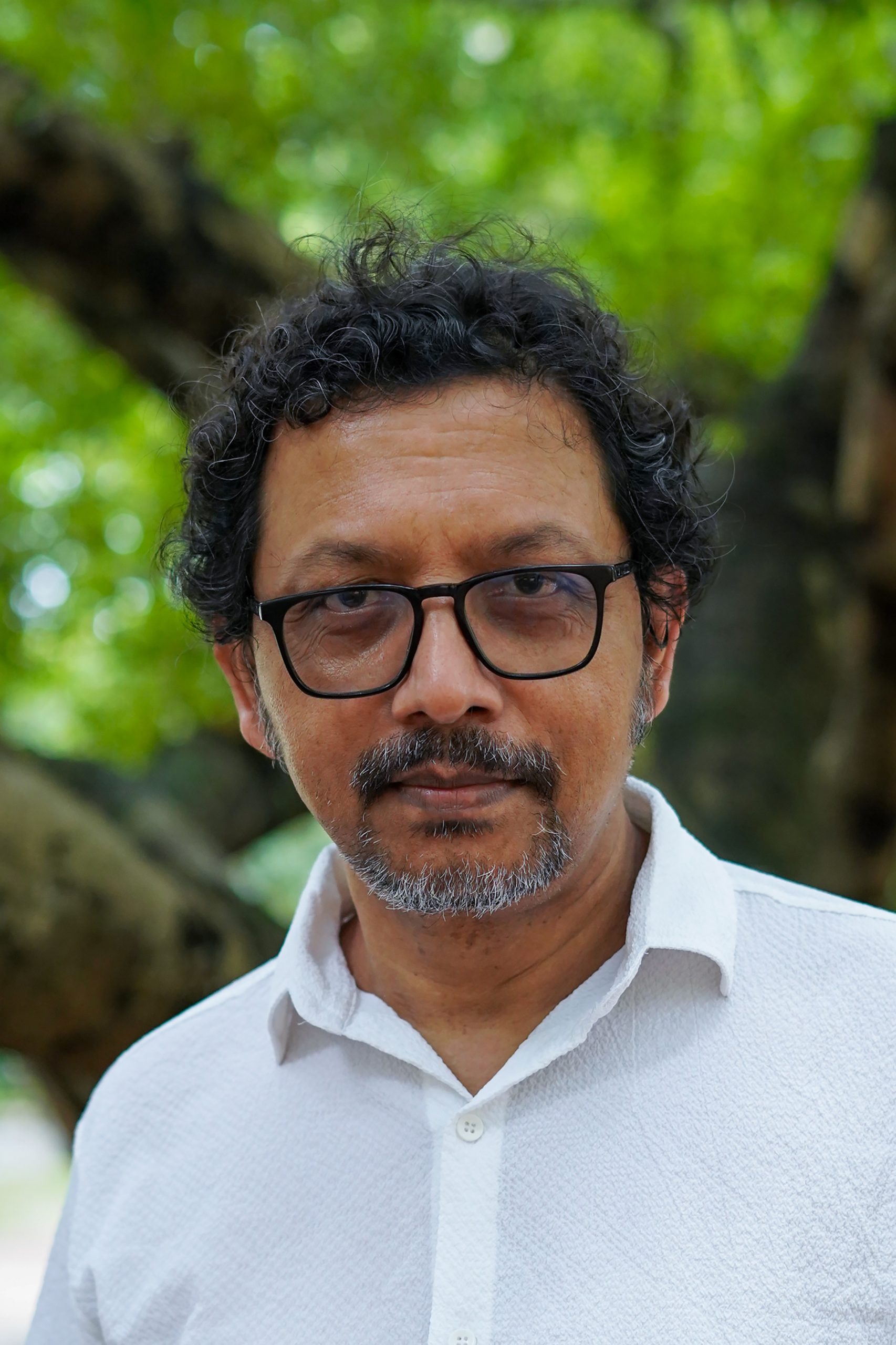
HOD Associate Professor
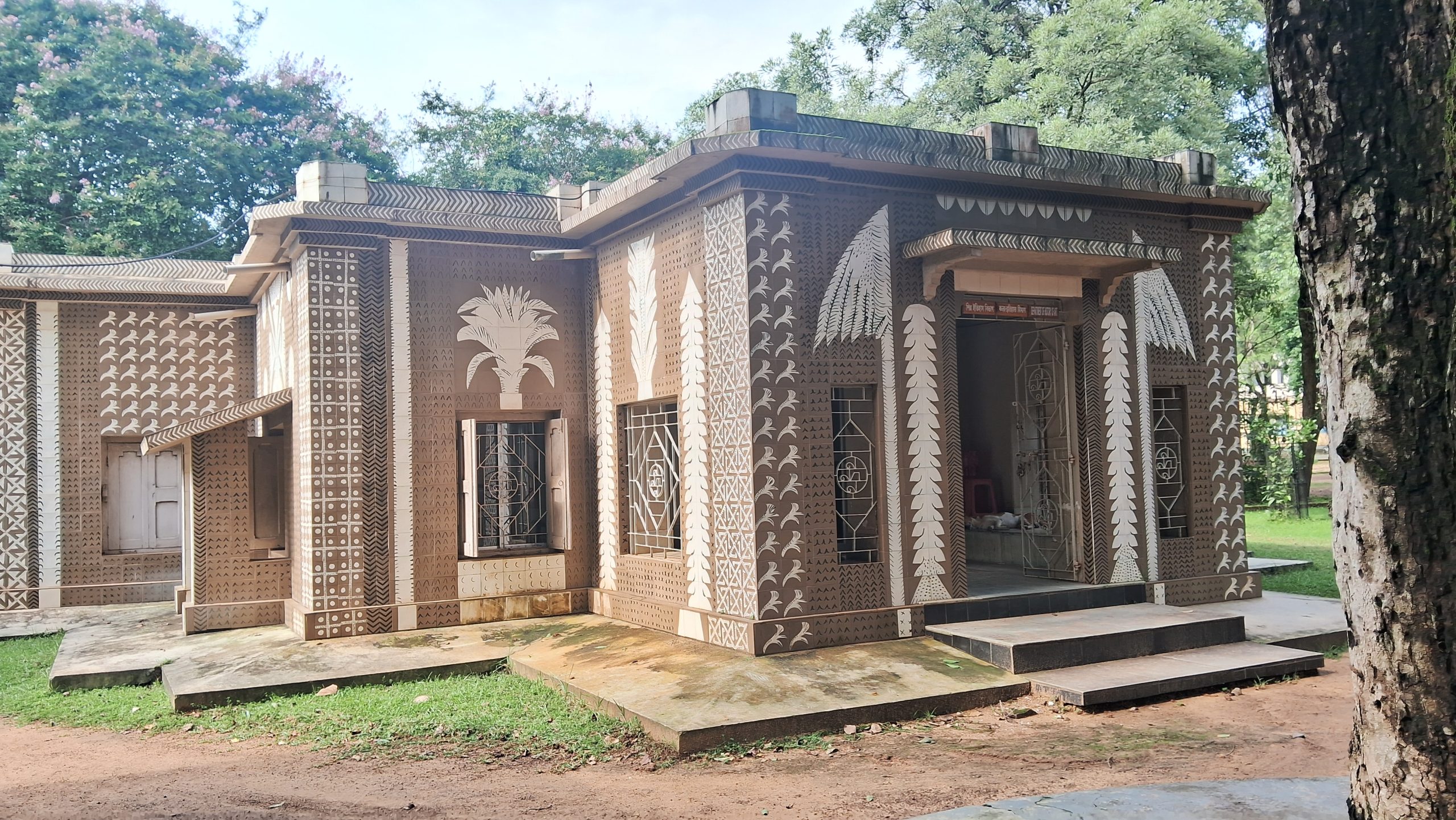

- Notification regarding benefits of extending 5days EL. - 02/2025
- Notification regarding benefits of extending 5days EL. - 02/2025
- Notification regarding benefits of extending 5days EL. - 02/2025
- Notification regarding benefits of extending 5days EL. - 02/2025
- Notification regarding benefits of extending 5days EL. - 02/2025
- Notification regarding benefits of extending 5days EL. - 02/2025
- Notification regarding benefits of extending 5days EL. - 02/2025
- Notification regarding benefits of extending 5days EL. - 02/2025
- Notification regarding benefits of extending 5days EL. - 02/2025
HISTORY OF ART
About The Department
The study of Art History at Kala Bhavana, Santiniketan, began informally, evolving organically before gaining formal structure. Its origins trace back to 1922, when Rabindranath Tagore invited renowned art historian Stella Kramrisch to join the newly established Visva-Bharati. Trained in Vienna, then a hub of European art history, Kramrisch brought a global perspective to Santiniketan’s already Pan-Asian artistic discourse. Visionaries like Rabindranath Tagore, Abanindranath Tagore, Nandalal Bose, and Benode Behari Mukherjee further enriched this dialogue, fostering a vibrant intellectual environment.
In 1958, Kala Bhavana became one of India’s first institutions to offer Art History as a taught and examined course. A decade later, in 1968, the department was restructured, establishing an independent Department of History of Art alongside Painting, Sculpture, and Graphics and Design, with Art History as a specialized discipline and also as a mandatory subject for all the degree students across the practical disciplines.
Today, the department is expanding its archival collection to create a comprehensive visual archive, serving both academic and regional research needs. Emphasizing knowledge creation over mere information dissemination, we are integrating cutting-edge methodologies and global perspectives into our curriculum. Through seminars, workshops, and guest lectures, we foster diverse research interests, connecting students with scholars beyond our faculty.
The department offers a range of programs, including a Four-Year Undergraduate Program (NEP) with a Major in History of Art, an M.F.A. in History of Art, a Post-Graduate Diploma leading to a Master’s in History of Art, and one-year certificate courses (CIS and CFS) for Indian and international students. The department also supports advanced research through Ph.D. programs. Our annual journal, NANDAN, published during Nandan Mela, complements our regular seminars, workshops, and conferences.
Since 2022, the Benode Behari Mukherjee Archive and Research Centre (BBMARC), located at 13 Purbapalli, which was the resident of the former faculty of Kala Bhavana and eminent artist Professor K.G. Subramanyan and supported by the Mrinalini Mukherjee Foundation, has served as a satellite hub for research, hosting seminars and special lectures.
Kala Bhavana’s Department of History of Art remains committed to advancing art historical scholarship, blending tradition with innovation to inspire students and researchers worldwide.
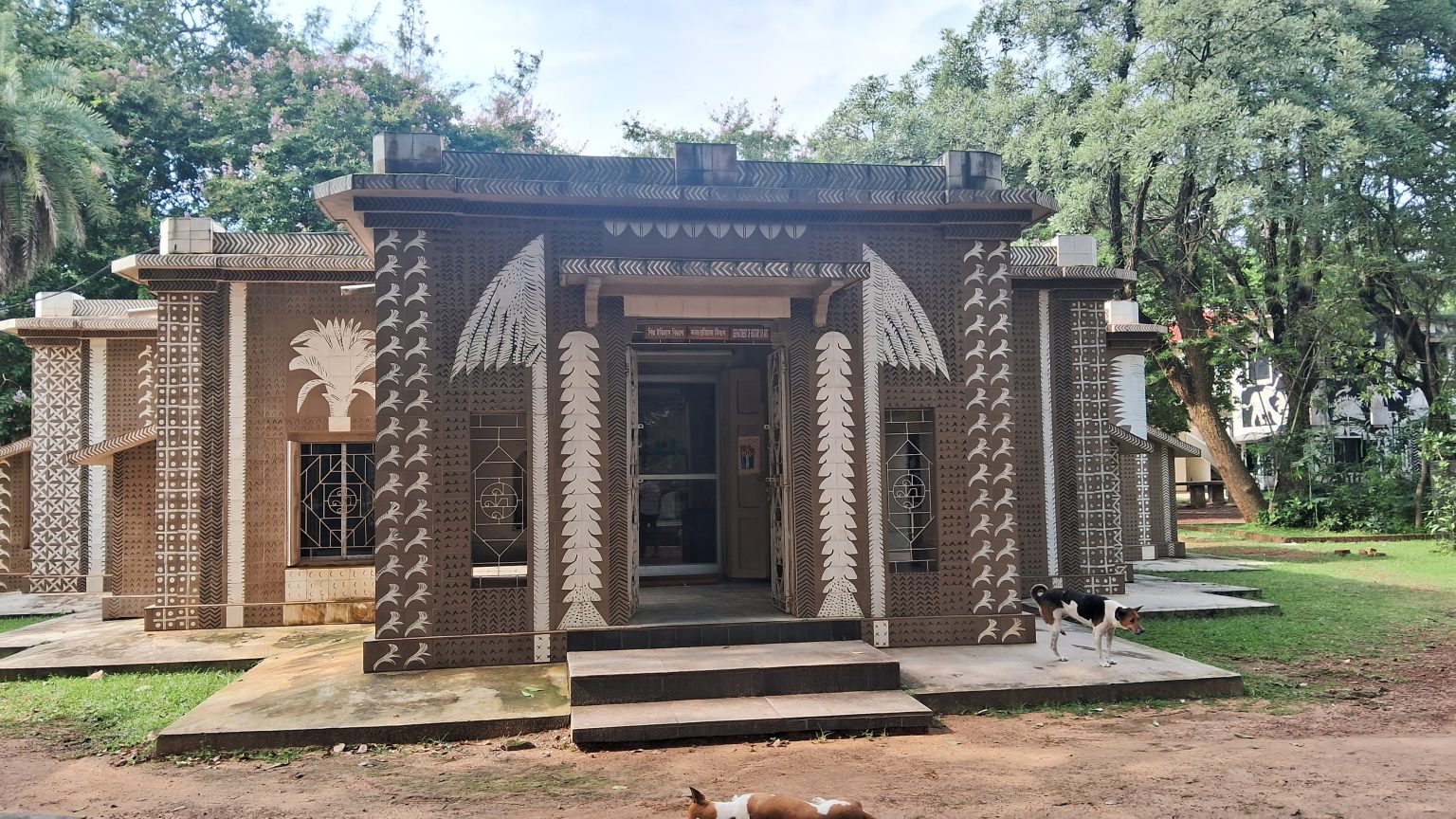
Photos
Academic Calendar
Achievements
Alumni Association
Upcoming Seminar
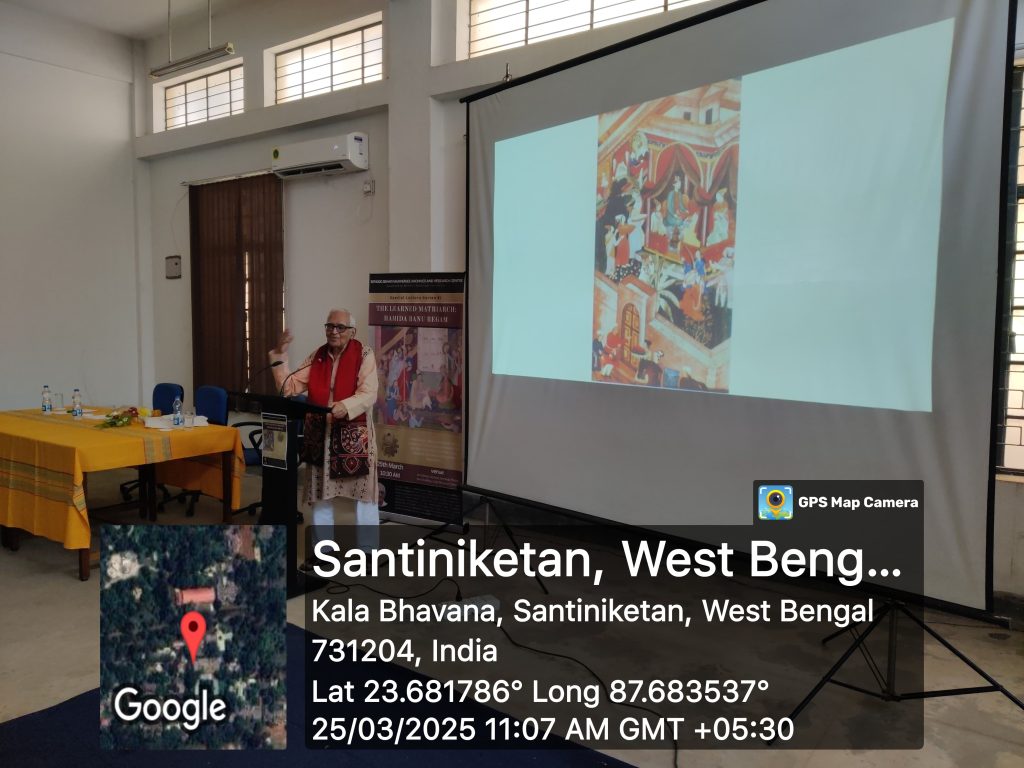
Seminar 1 of 2025
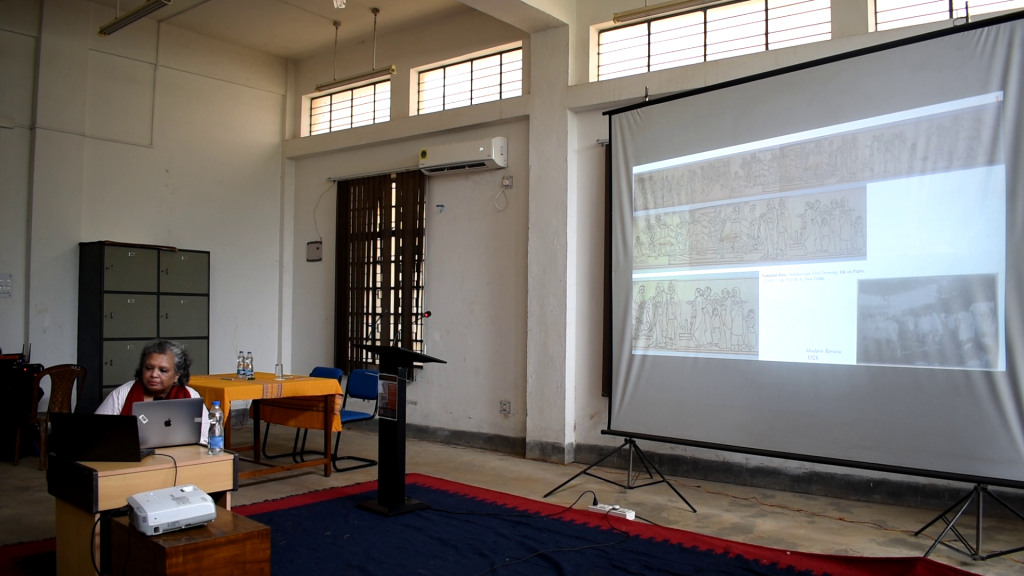
Seminar 2 of 2025
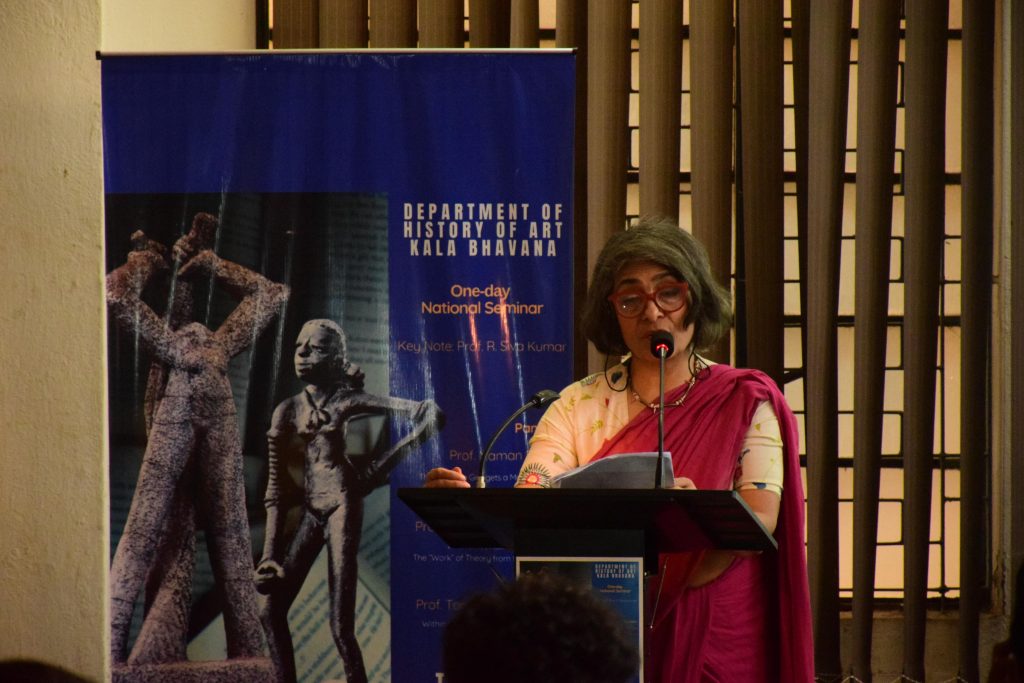
Seminar 3 of 2025
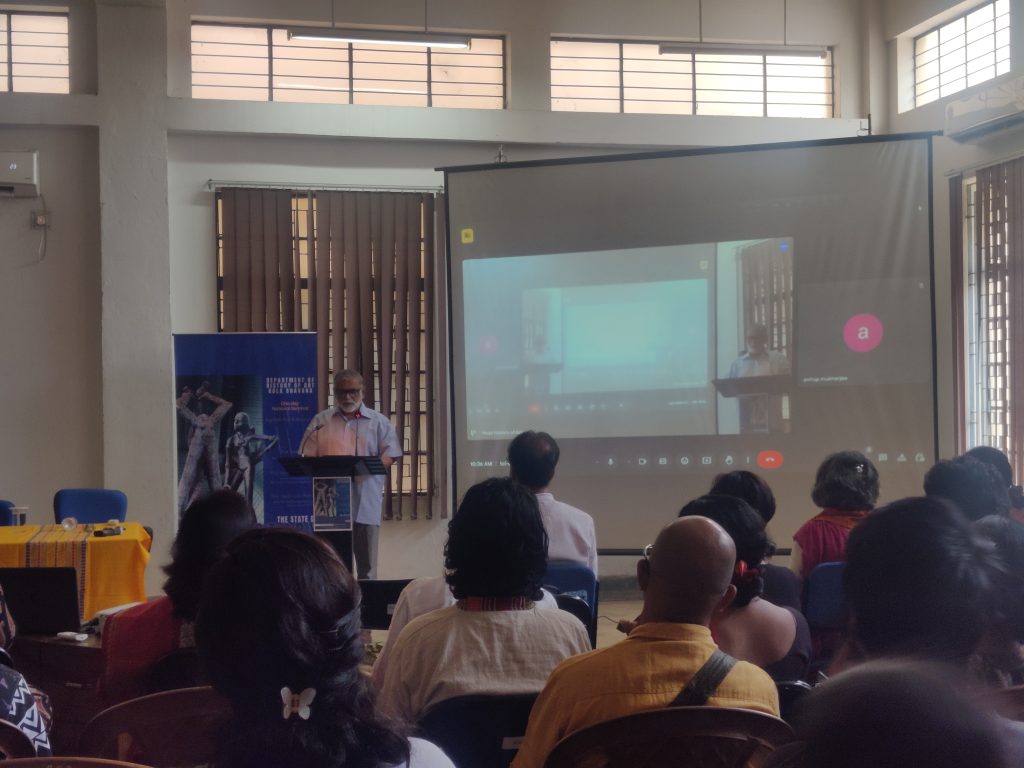
Seminar 4 of 2025

Upcoming Events
